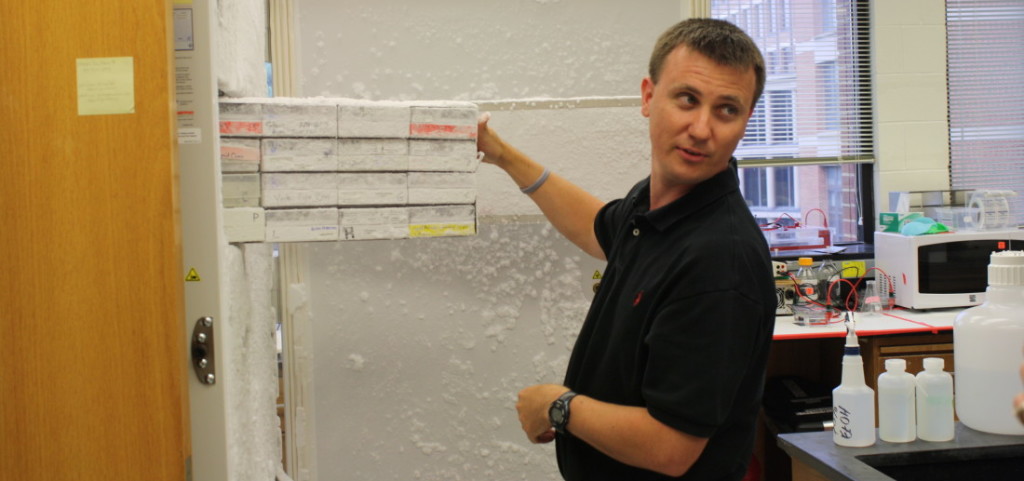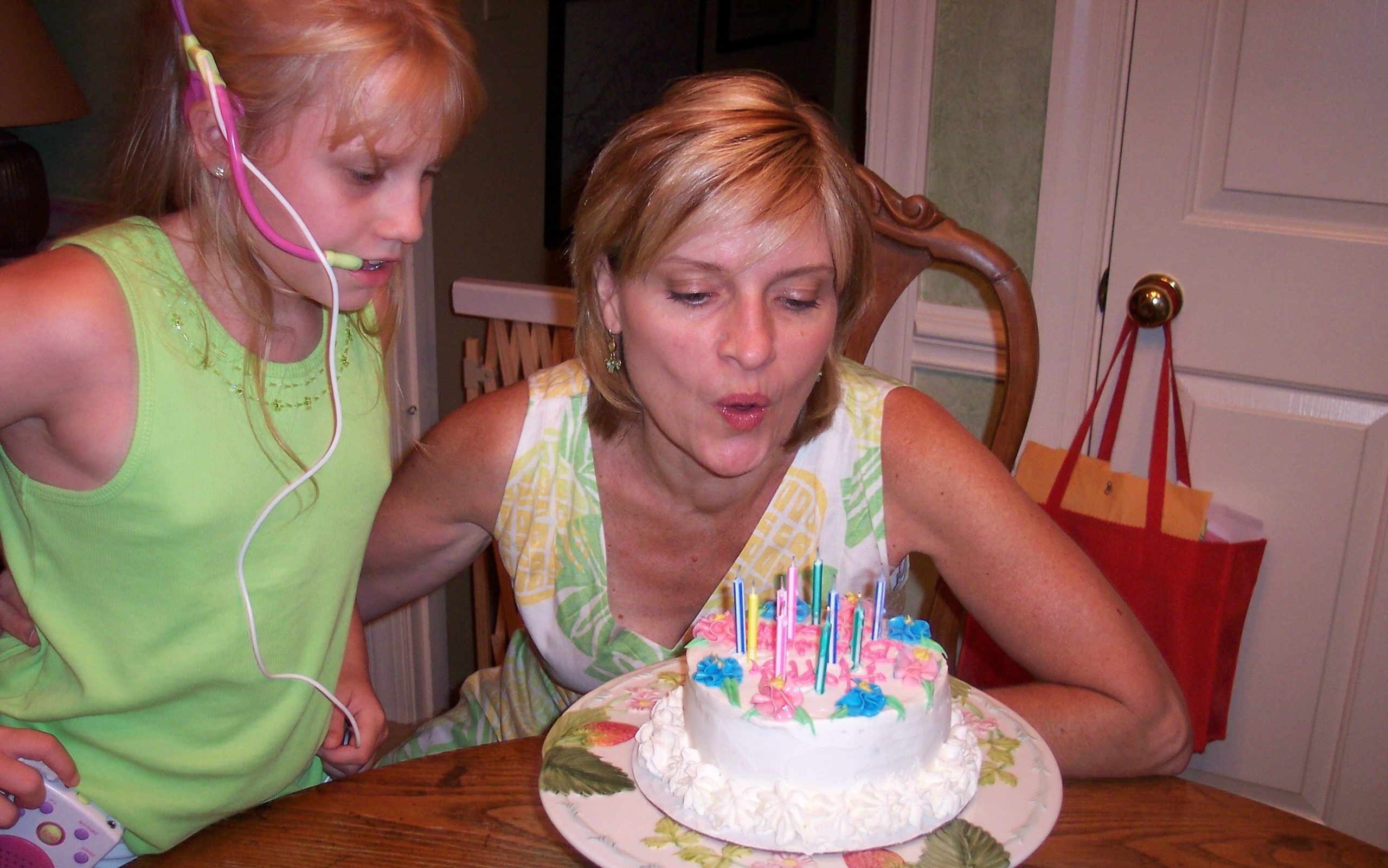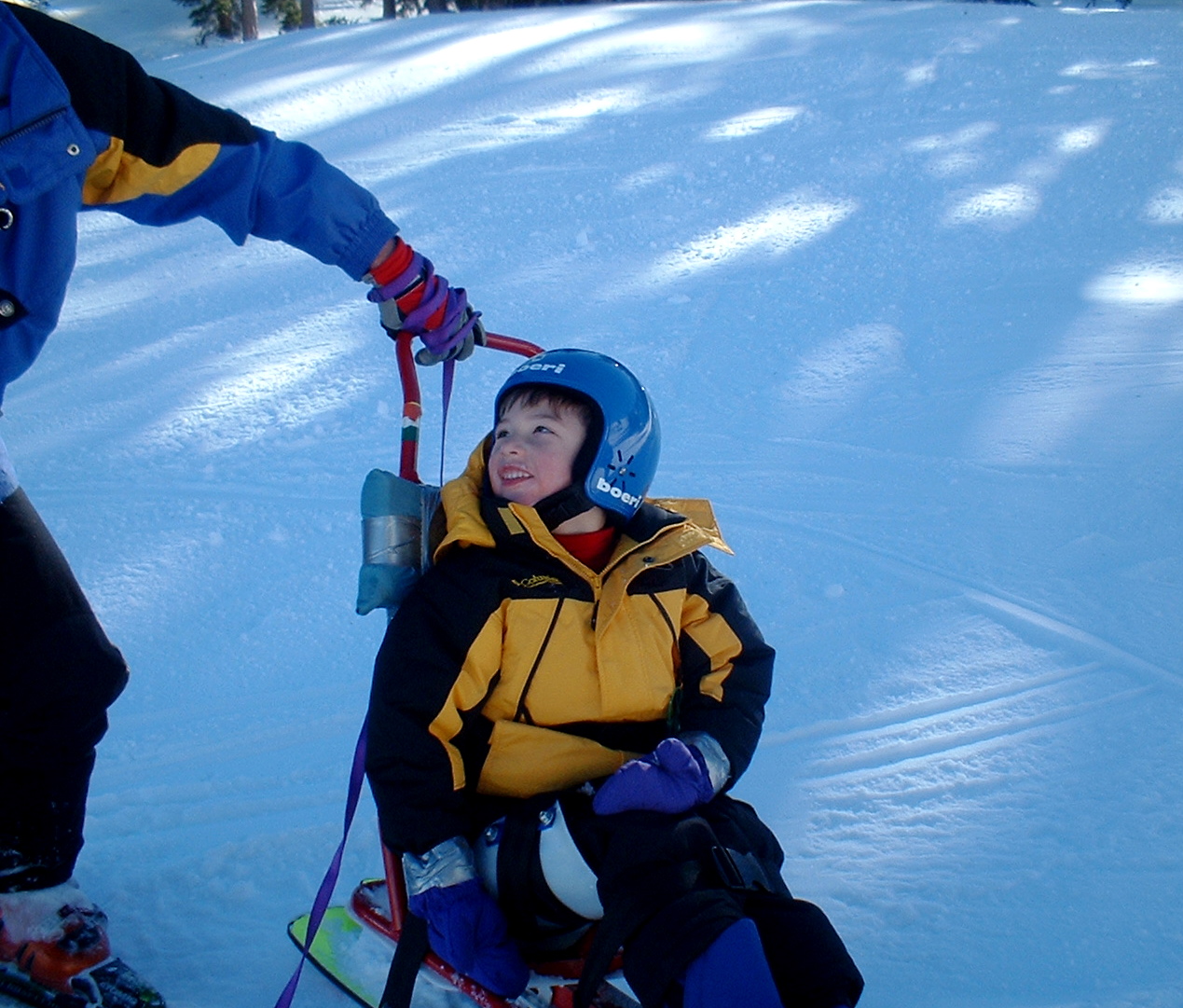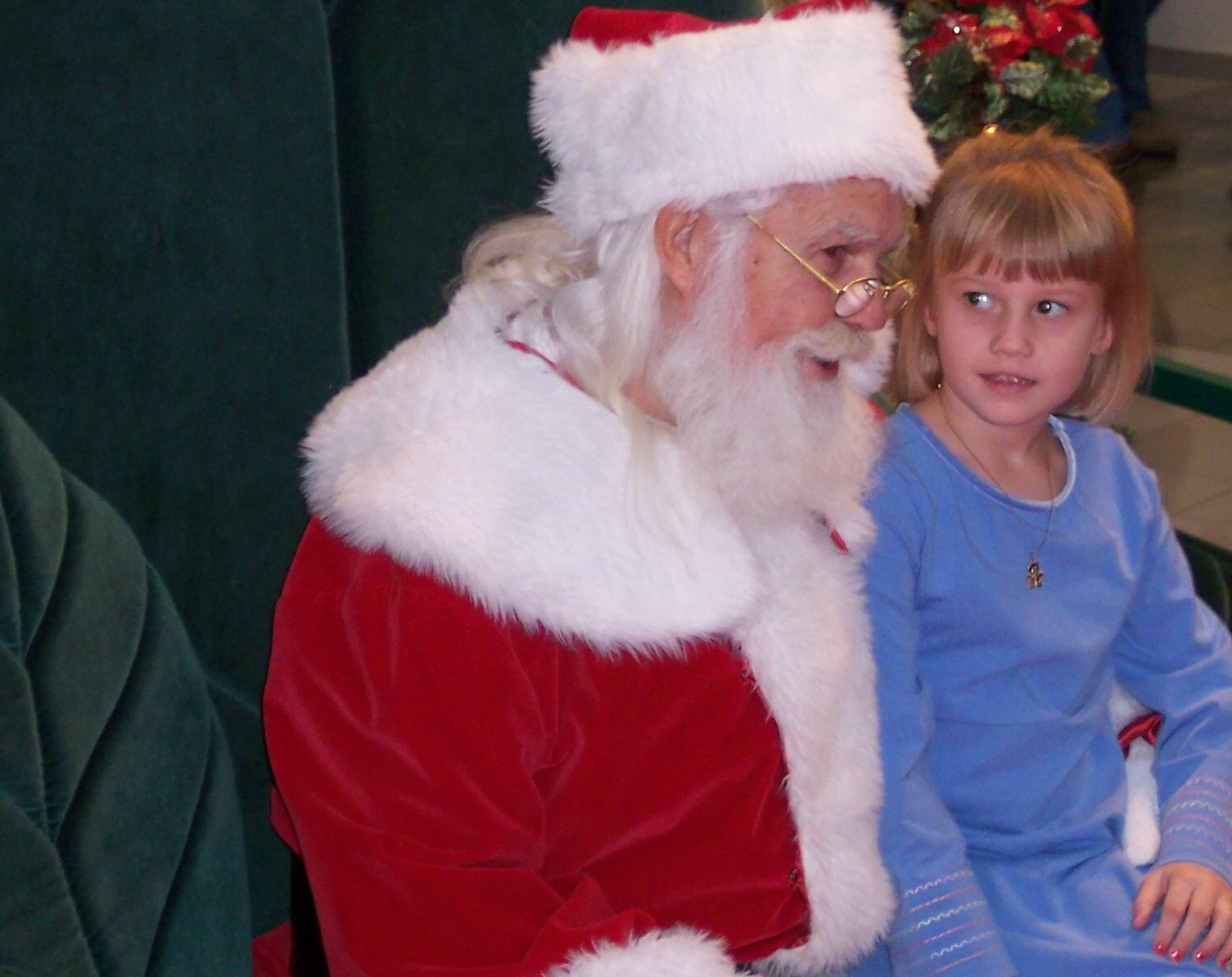In a different version of our story, Taylor may have celebrated her 22nd birthday with us today.
Jim and I have wondered so many times in recent weeks: What would our daughter be doing if Batten disease had not cut her life short on an early fall day in 2018? She may be a recent college graduate figuring out a new job or starting graduate school while the world reacts to a pandemic. She may have someone special in her life. She may be living at home for a while or making her own home. We talk about how much she would love her nephew, Jack. We smile when we remember her bubbly, magnetic personality. Our youngest child was, after all, an extrovert in a family of mostly introverts.
Oh, how we wonder …
In the beginning, Taylor’s life held much hope and promise. That all changed, of course, when a flaw in her CLN1 gene surfaced shortly before her eighth birthday in 2006. Batten disease sentenced her to blindness, seizures, cognitive and motor impairment, and an early death.
Shortly after Taylor’s diagnosis, we set out to change the curve. We were told it would be close to impossible to develop a treatment for an ultra-rare disease. We chose to believe otherwise. Because we had to try — for Taylor.
We funded a handful of research projects for about five years. Then, we met a young researcher named Steven Gray with a big idea: gene therapy as an approach to replace the flawed gene causing CLN1 disease, Taylor’s form of Batten disease. Dr. Gray’s intellect was apparent, his passion infectious. We believed in him. And in 2013, we funded him.

Friends, family, neighbors … so many people shared their time and treasure to help us scale the mountain. Somehow, we climbed many mountains. We did it together: When one group of climbers finished their part, the next group said, “We’ve got this,” and kept climbing higher.
Dr. Gray’s research data was strong, and a few years later, it was time for a new partner to step in. In 2016, the work was licensed to Abeona Therapeutics. Abeona further developed the program, receiving an Investigational New Drug (IND) allowance from the FDA in May 2019. This allowance clears the way for a clinical trial, but the climb stalled. Taylor was already gone by then, but we were still pushing, clawing, fighting to keep our promise to her and help families like ours.
This week, Taysha Gene Therapies — where our friend Dr. Gray is now chief scientific advisor — announced the acquisition of the CLN1 disease program from Abeona Therapeutics. Taysha will move forward the IND and begin the long-awaited clinical trial in the near future.
It was incredible news to begin Taylor’s birthday week, and I have no doubt that my daughter is up there, pulling for us, pulling strings, making magic happen.
Taysha President, CEO and Founder R.A. Session II said “Taysha is built on a powerful foundation: a combination of proven science, accomplished colleagues and an unrivaled alliance with a gene therapy powerhouse. Alongside Steven Gray, Ph.D., Berge Minassian, M.D., and our additional brilliant partners at the UT Southwestern Gene Therapy Program, we are seamlessly building an integrated engine for new cures.”
I’m overjoyed that Steve Gray is once again part of reaching the summit for a CLN1 disease program that began with hope, a dream and people who cared enough to believe with us. While it wasn’t in time for Taylor, I’m certain the timing of this week’s announcement is her birthday wish from afar.
Thanks for your support over the years. We haven’t reached the summit, but Taysha will be a strong and able leader to help us get there. The final leg is a journey worth making for children who have no treatment options.
Children like Taylor.



